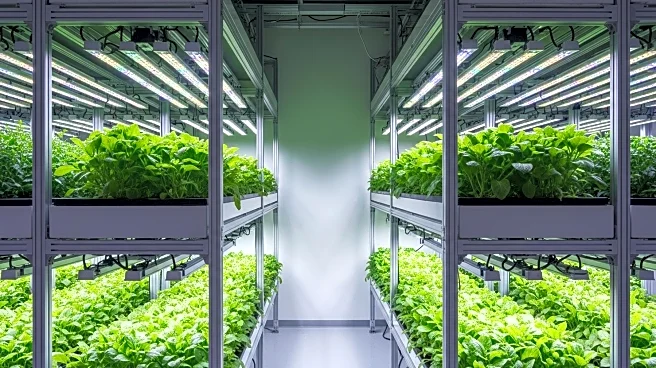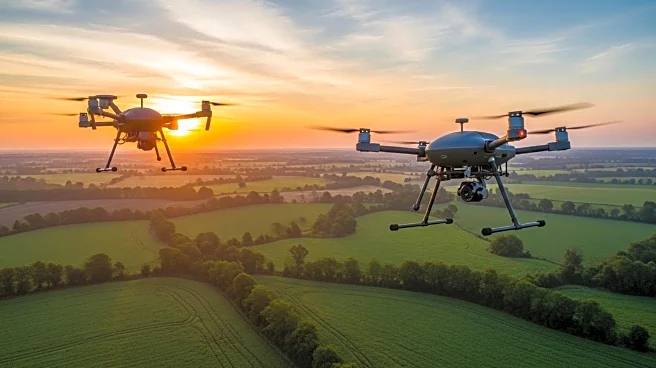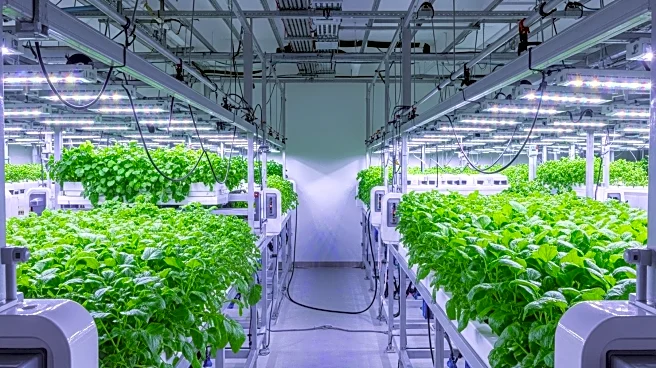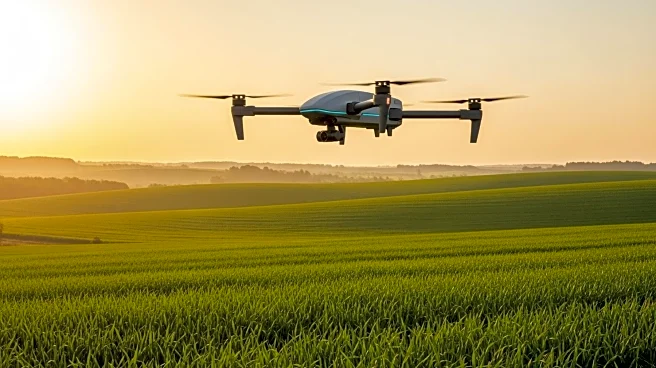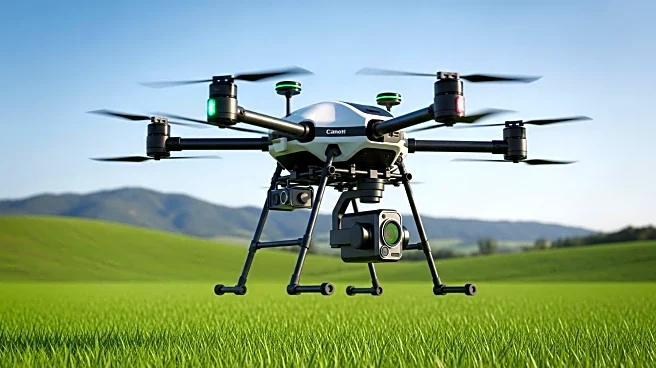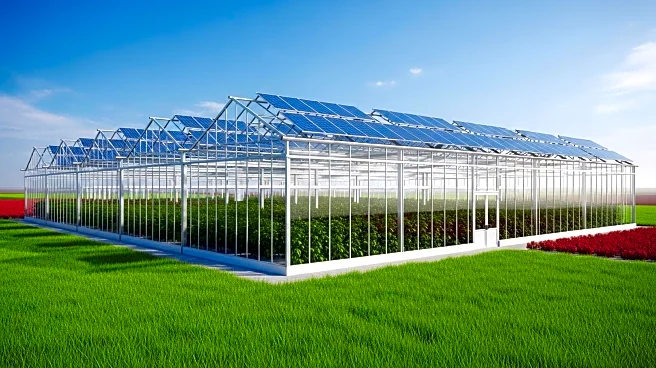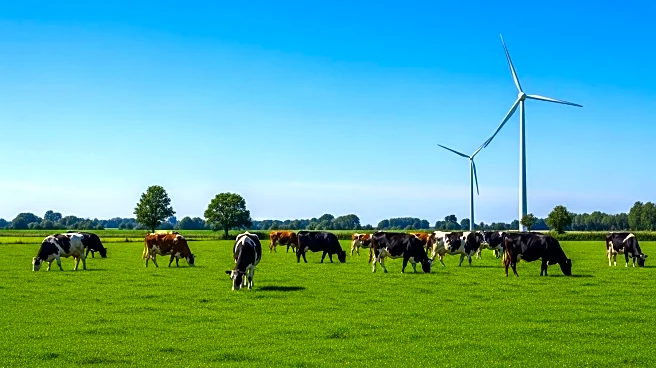What's Happening?
The United States indoor farming market is projected to grow significantly, reaching USD 56.1 billion by 2031, according to recent industry reports. This growth is driven by advancements in urban agriculture, including the scaling of vertical and horizontal growing methods in greenhouse-style facilities. Key players such as Gotham Greens and Sensei Farms are expanding operations across multiple U.S. cities, optimizing space utilization and energy efficiency. Additionally, investments in automation and robotics are enhancing the efficiency of indoor farming practices. The market is expected to grow at a compound annual growth rate (CAGR) of 6.4% from 2024 to 2031.
Why It's Important?
The expansion of the indoor farming market in the United States is crucial for addressing food security and sustainability challenges. By utilizing advanced growing methods and technologies, indoor farming can produce crops efficiently in urban environments, reducing the need for traditional agricultural land and minimizing transportation costs. This approach also offers potential benefits in terms of resource conservation and environmental impact, as indoor farms can optimize water and energy use. The growth of this market could lead to increased investment in smart agriculture technologies, fostering innovation and creating new opportunities for businesses and consumers alike.
What's Next?
As the indoor farming market continues to expand, stakeholders can expect further developments in automation and technology integration. Companies may focus on enhancing the scalability and efficiency of their operations, potentially leading to new partnerships and mergers within the industry. The adoption of advanced technologies such as AI and robotics could drive further improvements in crop yield and quality, positioning indoor farming as a viable solution for meeting the growing demand for fresh produce. Policymakers and industry leaders will likely explore ways to support this growth through regulatory frameworks and investment incentives.
Beyond the Headlines
The rise of indoor farming reflects broader trends towards sustainable and resilient food systems. By reducing dependency on traditional agriculture, indoor farming can contribute to food security in the face of climate change and resource scarcity. This shift may also influence cultural perceptions of agriculture, as urban environments become increasingly integrated with food production. The ethical implications of automation and technology use in farming, including labor displacement and data privacy, will be important considerations for stakeholders as the industry evolves.

